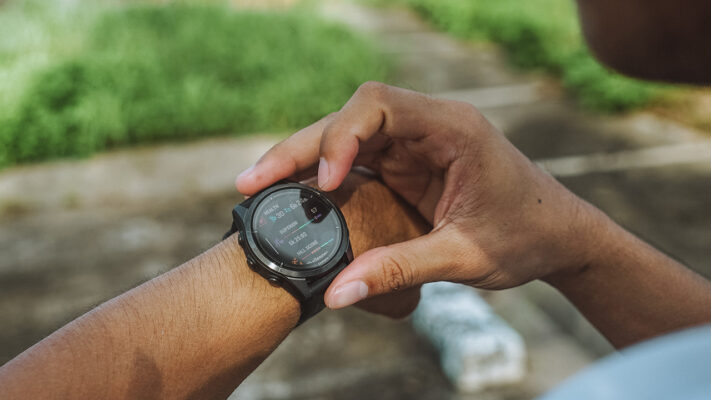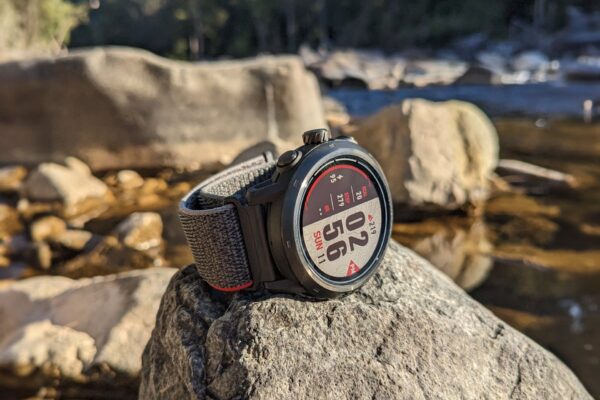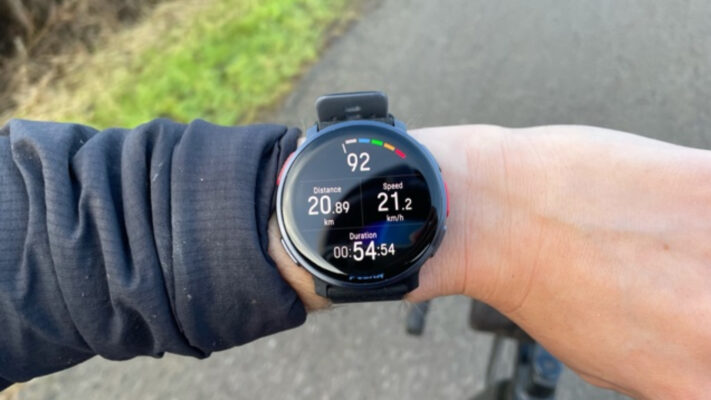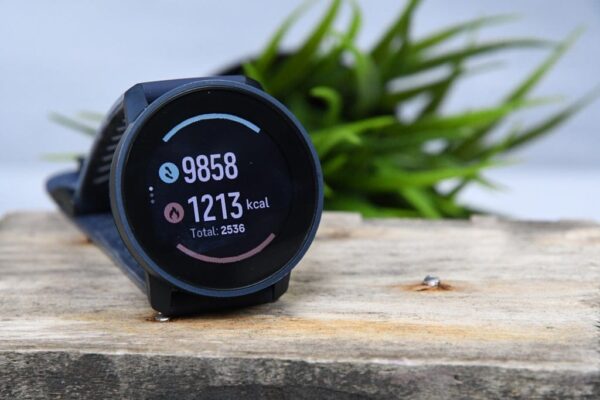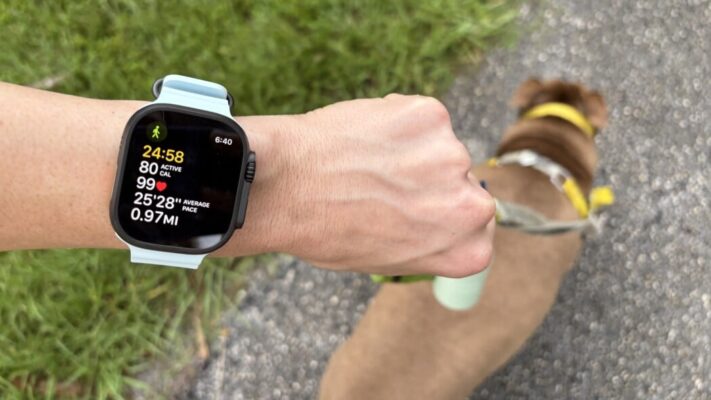posts
A Comparison of the Best Triathlon Watches for 2025
Introduction
Choosing the right watch matters. In triathlon racing, your watch is more than a timepiece — it’s your race computer, coach, and post-race analyst. In 2025 the multisport watch market has matured: GPS accuracy is better, battery life longer, and sport-specific metrics more intelligent. This means athletes from first-time sprint racers to experienced Ironman contenders can extract actionable insight that directly improves training and race outcomes.
For beginners and experienced athletes alike, a triathlon watch must reliably record swim, bike and run without fuss; it must switch modes cleanly during transitions, give accurate pace and distance on open water and road, and last long enough to cover your planned event. Beyond the core features, modern watches increasingly integrate with third-party sensors (power meters on your triathlon racing bike, footpods or smart insoles inside your triathlon racing shoes, and even smart tags on a triathlon racing belt to help transitions). That ecosystem approach means better data fidelity and a smoother post-race analysis.
This guide compares leading 2025 multisport watches across five key areas: GPS/track accuracy, battery life, swim capability (pool and open water), transition usability, and ecosystem compatibility. I’ve tested and gathered expert reviews to rate each model for real-world triathlon use. Whether you prioritise battery for long distance events, best-in-class metrics for performance gains, or an easy-to-use interface for race day, this comparison will help you choose the right watch for your triathlon racing goals.
How we chose these watches — Buying Criteria
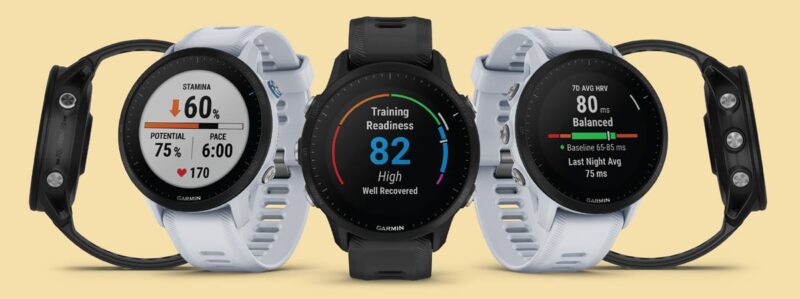
When evaluating watches for triathlon racing we used a consistent framework so comparisons are fair and practical. First, GPS and GNSS performance: open-water swims and twisty bike courses punish poor satellite tracking. Dual-frequency GNSS or multi-band support reduces GPS drift in tree cover or urban areas, so watches with that tech score higher. Second, battery life in GPS or multisport mode: for long distances you need a watch that won’t die mid-race. Third, swim tools: open-water stroke detection, pool automatic lap counting, and robust waterproofing matter. Fourth, transition and multisport functionality: the watch must switch sports with one or two button presses and record a continuous session covering swim→T1→bike→T2→run. Lastly, data ecosystem: compatibility with platforms (Garmin Connect, COROS, Polar Flow, Suunto app) and external sensors (power metres, heart rate straps, footpods) determines how useful the raw data becomes after the race.
We also considered ergonomics and user experience: readable screen in sunlight, physical buttons (important when wet), and how easy training plans are to import or create. Price and value were weighed against feature sets — not everyone needs top-end mapping and premium materials, but all triathletes need dependable performance. Finally, we cross-checked hands-on reviews and lab tests to verify manufacturer claims about battery and accuracy. This approach filters hype and highlights watches that genuinely assist triathlon performance and race management.
Garmin Forerunner 970 — The all-rounder for serious triathletes
The Garmin Forerunner 970 sits at the top of many 2025 buying lists because it blends robust multisport features with excellent battery life and a user-friendly interface. For triathletes, its strengths are multi-band GNSS support for accurate tracking in tricky environments, long GPS battery life that can handle middle and long-distance races, and seamless multisport mode that switches between swim, bike and run with reliable transition markers. The Forerunner 970 also includes advanced training metrics — real-time stamina, race predictor tools and adaptive training plans — which help you tailor effort during the week and approach race day with a data-backed plan. In practice, its mapping features and on-device route guidance allow you to pre-load race courses or recon rides that mimic your triathlon racing bike routes.
On the swim, the Forerunner 970 tracks open-water stroke count and distance effectively; in pools it auto-detects lengths and stroke type consistently. The interface balances touchscreen convenience with physical buttons — the latter are crucial when wet or wearing gloves and make transition control easier. For connectivity, it supports ANT+ and Bluetooth sensors, so you can pair power meters on your bike or footpods in your triathlon racing shoes. Battery life in GPS mode ranges from long endurance modes to an extended battery saver setting, giving flexibility for ultras or multi-day training camps. Downsides are price and occasional complexity for newcomers, but as an investment for committed athletes it frequently tops lists for 2025.
Garmin Epix Pro (Gen 2/Pro series) — Premium display, rugged build
The Garmin Epix Pro Gen 2 (or the Pro series variants popular in 2025) targets athletes who want a premium AMOLED display without sacrificing multisport functionality. For triathlon racers, vivid maps and on-device navigation give immediate course context — corners, climbs and remount zones are easier to see at a glance, which is helpful when following a complex triathlon racing bike route. The Epix Pro line typically combines strong GNSS performance, extended battery life in GPS mode, and advanced training analytics including recovery and race-day readiness metrics. Its robust materials and sapphire/titanium options make it resilient for multi-season use, ideal if you train year-round in mixed British weather.
Swim tracking on the Epix Pro is on par with Garmin’s higher end Forerunner models — it handles pool and open-water swims, though some athletes prefer slightly lighter watches for pure swim comfort. The tactile buttons plus touchscreen combo proves handy: touch for mapping and quick glance data, buttons for start/stop when wet. Integration with third-party power metres, smart trainers and footpods is excellent; the platform syncs effortlessly with popular training apps and event timing systems. The primary considerations are cost and weight — the premium build and AMOLED screen add grams and pounds — but for triathletes who value display clarity and durability, the Epix Pro remains a top contender in 2025.
COROS Apex 2 Pro — Exceptional battery life and value
COROS has built a strong reputation for offering long battery life and reliable GNSS performance at a competitive price, and the Apex 2 Pro is often singled out for 2025 as a value powerhouse for multisport athletes. For triathlon racing, its major advantage is endurance: GPS tracking that stretches well beyond what many competitors offer, making it ideal for long training days and Ironman-distance events. The Apex 2 Pro also frequently incorporates dual-band GNSS, which helps maintain track accuracy through tree cover, urban canyons or rolling hills — common conditions on many UK race courses.
The watch’s interface is straightforward, with tactile controls that work well in wet conditions and during transitions. Swim metrics include stroke detection and open-water distance accuracy that compare favourably to higher-priced rivals in several hands-on tests. COROS offers a growing ecosystem for training plans and third-party sensor support (e.g. power metres on your triathlon racing bike and cadence sensors), though it’s not as extensive as Garmin’s platform. The trade-off is that some advanced metrics and third-party integrations are less developed, but for athletes who prioritise battery life, practical multisport functionality and value, the COROS Apex 2 Pro is a top pick in 2025. Its combination of durability, long GPS runtime and competitive price make it particularly attractive for those balancing budget and long-distance ambition.
Polar Vantage V3 — Recovery and precision-driven athlete tool
Polar’s Vantage V3 positions itself as a watch for athletes who treat recovery and physiological insight as part of performance optimisation. In 2025 the Vantage line continues to focus on accuracy in heart-rate metrics, advanced recovery scores, and nuanced training load tracking. For triathlon racing, this focus translates into training plans that protect you from overreach and help schedule intensity smartly across swim, bike and run disciplines. The watch’s heart-rate and recovery data are particularly useful if you cross-reference with bike power output on your triathlon racing bike to set sensible pace and wattage targets on race day.
The Vantage V3’s hardware tends toward a lighter, comfortable fit which athletes appreciate during long swims and runs. Pool and open-water tracking are robust and the watch integrates cleanly with Polar Flow — a platform praised for clarity of training load and recovery insight. Where Polar sometimes trails competitors is in mapping and third-party app depth; if you crave on-watch detailed maps or deep CONNECTIQ-style apps, other ecosystems may offer more. However, if your priority is physiological precision and avoiding overtraining, Polar’s recovery-first approach helps triathletes train smarter and maintain consistency throughout the season. This makes the Vantage V3 a solid option for athletes focused on long-term performance gains rather than raw multisport gadgetry.
Suunto 9 Peak Pro — Tough build and long GPS endurance
Suunto’s 9 Peak Pro appeals to athletes who prioritise rugged durability and reliable GPS in challenging conditions. Historically, Suunto has been lauded for hardware resilience and long battery life in GPS modes, and the 9 Peak Pro continues this trend in 2025. For triathlon racing the benefits are clear: robust construction for everyday training, dependable positioning across open water and winding rural courses, and a user interface tuned to endurance athletes. Battery life in GPS mode is competitive, making the watch suitable for long training blocks and multi-hour events.
Swim capabilities include open-water tracking with consistent distance accuracy, and the watch supports quick multisport transitions. The straightforward button navigation is ideal when wet, colder or wearing gloves. Suunto’s app ecosystem has improved, offering route planning and data analysis, though many athletes still prefer Garmin or COROS for the breadth of third-party integrations. The Suunto offering is particularly compelling for athletes who value a no-nonsense, robust device that can be relied upon through harsh British weather and rough training cycles. If your priority is a durable, long-endurance watch that “just works” in the field, the Suunto 9 Peak Pro is a practical and trustworthy choice.
Apple Watch Ultra 2 — Best for ecosystem users, with trade-offs
The Apple Watch Ultra 2 blends a polished smartwatch experience with improving fitness features, and for athletes deeply embedded in the Apple ecosystem it’s an attractive option in 2025. The Ultra-class model gives a rugged build, bright AMOLED screen and excellent day-to-day smartwatch features — notifications, music, and seamless iPhone connectivity. For triathlon racing the watch supports third-party multisport apps that add race modes and transition handling, and its sensors are competitive for many runners and cyclists. However, Apple’s native triathlon functionality is still not as multisport-centric as dedicated training platforms, so reliance on third-party apps is common for serious triathletes.
Where the Ultra 2 shines is user experience: quick touch controls, vivid maps, and an interface many find intuitive. Battery life has improved in the latest iterations, but it still generally lags behind specialist multisport watches in extended GPS modes — important if you’re targeting long course events. Swim tracking is competent for pool and open water with the right app, yet some triathletes prefer watches with dedicated multisport architecture and simpler physical button control during transitions. If you value smartwatch integration and everyday usability, and you’re comfortable using third-party triathlon apps, the Apple Watch Ultra 2 can serve as a capable multisport device — but those needing the longest GPS runtimes and the most seamless transition recording may still prefer purpose-built triathlon watches.
Final Thoughts
Selecting the best triathlon watch for 2025 depends on the races you do and the features you value. If you regularly compete over longer distances or want ultimate GPS endurance, models like the COROS Apex 2 Pro and Suunto 9 Peak Pro offer exceptional battery life and rugged reliability. If you prioritise advanced training metrics, mapping, and a rich third-party ecosystem, Garmin’s Forerunner 970 or Epix Pro series remain the benchmark for triathlon racing. Polar’s Vantage V3 is the choice for athletes who put recovery and physiological accuracy front and centre, while the Apple Watch Ultra 2 suits those who want everyday smartwatch polish paired with multisport capability via apps.
No matter which model you pick, prioritise the features that solve your real problems: reliable open-water tracking, long GPS battery life for your typical race distance, and straightforward transition mode for clean swim→bike→run recording. Consider how the watch pairs with your triathlon racing bike power meters, footpods in your triathlon racing shoes, or a smart tag on your triathlon racing belt — a connected setup turns data into meaningful training decisions. Lastly, try devices in person where possible: fit, button feel and screen readability in bright UK sunlight are surprisingly personal preferences that influence day-to-day satisfaction.
Technology in 2025 is genuinely empowering triathletes to train smarter and race more confidently. Choose the watch that fits your training style and event demands, and use it as a tool — not a crutch. At Tri-n-Win, we recommend focusing on consistent training, sensible pacing and gradual progression; the right watch will amplify your effort, but it won’t replace disciplined preparation. Happy training and race well.



